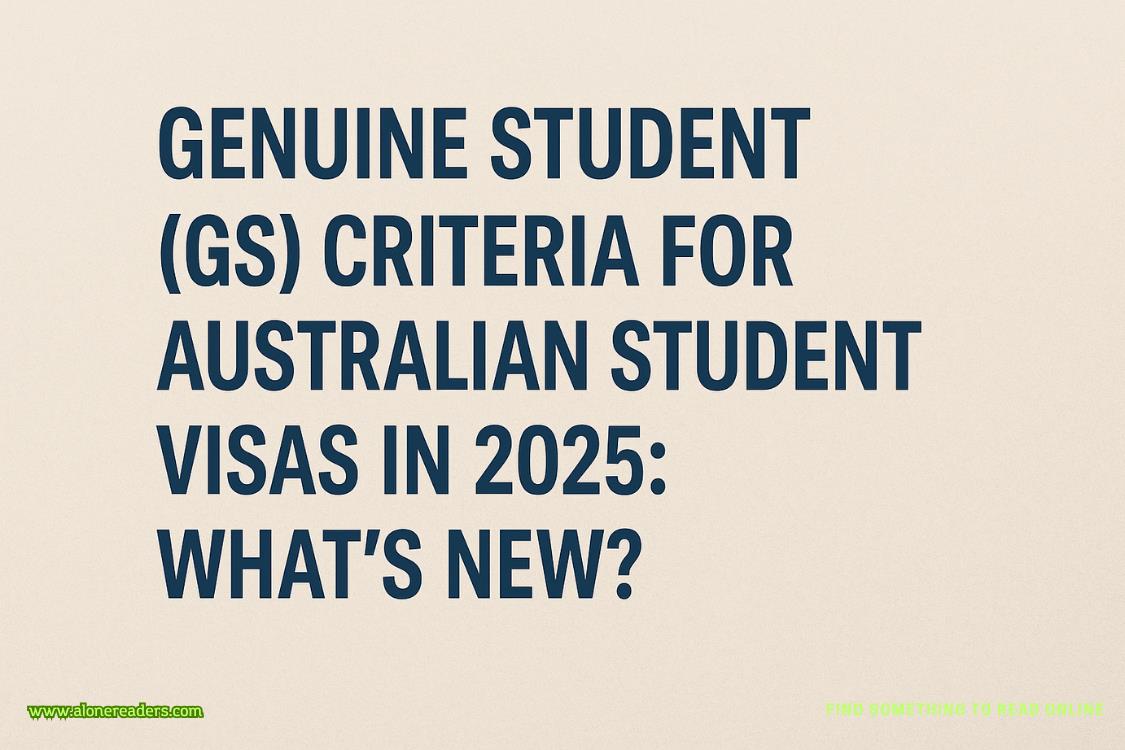“An art museum? What’s the occasion?”
Gabriel explained.
“The date?”
“Mid-October.”
“Which will give me more than enough time to shake off the coronavirus cobwebs.” She retrieved Mozart’s violin from the case. “Any requests?”
“Beethoven and Brahms, if you don’t mind.”
“Never. Which Beethoven?”
“The F Major sonata.”
“A delight. And the Brahms?”
“The D Minor.”
She raised an eyebrow. “The key of repressed passion.”
“Anna...”
“I performed the D Minor that night in Venice. I believe it goes something like this.” She closed her eyes and played the haunting opening theme from the sonata’s second movement. “It sounds better on the Guarneri, don’t you think?”
“If you say so.”
Anna lowered the violin. “Is that all you need from me? Two little sonatas?”
“You seem disappointed.”
“To be honest, I was hoping for something a bit more...”
“What?”
“Adventurous.”
“Good,” said Gabriel. “Because there’s one more thing.”
32
London–Zurich
It was Amelia March ofARTnewswho got wind of it first. Her source was the fashion model turned art dealer Olivia Watson, who for reasons never made clear had been granted a private viewing. But where on earth had he found it? Even Olivia, with all her obvious physical endowments, hadn’t been able to coax it out of him. Nor had she been able to ascertain the name of the art historian who had supplied the updated attribution. Evidently, it was unassailable. Stone tablets on Mount Sinai. Word of God.
Amelia knew better than to ring him directly; like most London art dealers, he was an unusually skilled spinner of half-truths and outright lies. Instead, she made quiet inquiries among his equally disreputable circle of cohorts, collaborators, and occasional competitors. Roddy Hutchinson, his closestfriend, swore total ignorance, as did Jeremy Crabbe, Simon Mendenhall, and Nicky Lovegrove. Julian Isherwood suggested Amelia speak to his new partner, Sarah Bancroft, who was herself the source of endless rumors. Amelia left a message on her voice mail and dropped her a line on email as well. Neither received a reply.
Which left Amelia no choice but to approach the dealer directly, always a risky endeavor when one was a female. Like the enigmatic Sarah Bancroft, he ignored her phone calls, and refused to answer his bell when she popped round to his gallery in Bury Street. In the window was a small sign that readno comment.
It was, thought Amelia, the perfect vignette with which to lead her story, which she commenced writing later that afternoon. She was still laboring over the first draft when her editor forwarded her a link to an article that had just appeared in theNeue Züricher Zeitung. It seemed the London art dealer Oliver Dimbleby had sold a previously misattributed painting by Artemisia Gentileschi—The Lute Player, oil on canvas, 152 by 134 centimeters—to the Swiss financier and political activist Martin Landesmann. The saintly Landesmann had generously agreed to donate the painting to the Kunsthaus in Zurich, where it would go on display after an extensive restoration. The museum planned to unveil it at a gala reception, at which the internationally renowned Swiss violinist Anna Rolfe would perform for the first time since the start of the pandemic. The sponsor of the event was Landesmann’s newly formed One World Global Alliance for Democracy. Regrettably, the general public was not invited.
Having been thoroughly beaten to the punch, Amelia penneda flaccid but thoughtful piece that cast Artemisia—a gifted Baroque painter whose work had long been overshadowed by the rape she suffered at the hands of Agostino Tassi—as a feminist icon. Elsewhere in the British art press, there was disappointment that a major London art dealer had facilitated the transfer of one of Artemisia’s paintings to Switzerland, of all places. The one bright spot, grumbled theGuardian, was thatThe Lute Playerwould hang in a museum for all to see rather than on yet another rich man’s wall.
For its part, the Kunsthaus reveled in its good fortune. Owing to the lingering threat of the pandemic, only two hundred and fifty guests would be invited to the gala. Not surprisingly, the competition for tickets was fierce. Anyone who was anyone—the celebrated and the scorned, the offensively rich and the merely wealthy, the world and its mistress—fought tooth and nail to attend. Martin was besieged with calls from friends, associates, and even a few blood enemies. Each was instructed to dial a number that rang in the Erlenbach safe house, where Gabriel and Eli Lavon delighted in deciding their fate. It was Christopher, posing as an event coordinator from the Global Alliance for Democracy, who delivered the verdicts. Among those who were denied an invitation were Karl Zimmer, head of RhineBank’s Zurich office, and two senior members of the firm’s ruling Council of Ten.
After three days, only twenty tickets remained. Gabriel held two in reserve for Arkady Akimov and his wife, Oksana. Unfortunately, they showed no interest in attending.
“Maybe he has a scheduling conflict,” suggested Eli Lavon.















